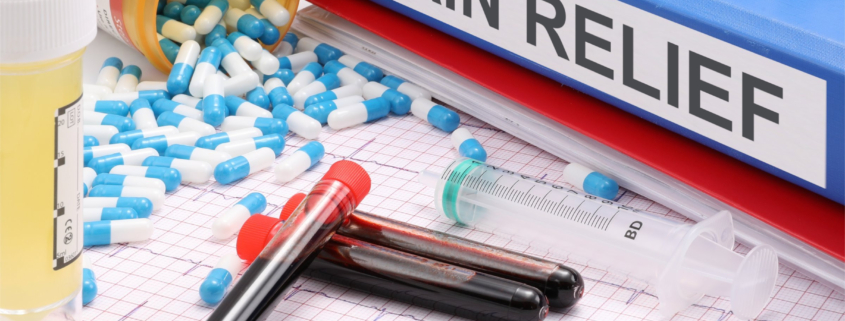
Pain Pumps
Overview: What Are Pain Pumps?
Pain pumps, also known as intrathecal drug delivery systems (IDDS), are medical devices that allow for targeted delivery of medication directly to the spinal area. This innovative technology introduces pain relief in cases where oral medication, physical therapy, or surgery have been ineffective. Pain pumps have been a game changer for patients suffering from chronic pain conditions like cancer pain, chronic pancreatitis, and failed back surgery syndrome.
Types of Pain Pumps
The two fundamental types of pain pumps are:
1. Programmable Pumps: These allow physicians to adjust the medication dosage as per the patient’s needs without surgery.
2. Fixed Rate Pumps: These dispense a constant medication amount per hour and require surgical modifications for any alterations.
Causes of Chronic Pain
Pain pumps work by addressing chronic pain, an enduring pain condition that outlasts the usual healing process. Chronic pain may arise from many conditions like:
– Arthritis
– Back injury
– Fibromyalgia
– Nerve damage
– Cancer
– Certain infections or surgeries
Symptoms Necessitating Pain Pumps
Patients dealing with persistent pain on a daily basis despite regular treatment, experiencing life-altering side effects from oral medications, or seeking an alternative to ineffective surgical procedures might consider using pain pumps.
Diagnosing the Need for a Pain Pump
Diagnosis for the necessity of a pain pump involves a thorough evaluation of the patient’s medical history, physical examination, and a psychological assessment. Sometimes patients are required to undergo a pain pump trial procedure, which involves administering medications with a temporary pump to assess the effectiveness.
Treatment Options Using Pain Pumps
The procedure to implant a pain pump usually takes one to two hours and involves positioning a pump under the skin of the abdomen and a catheter to the area around the spinal cord where the medication is needed. Common medications used in pain pumps include opioids such as morphine, ziconotide, and baclofen.
Living With Pain Pumps
Living with a pain pump can significantly improve your quality of life with appropriate precautions. Regular pump refills and follow-ups with the physician are necessary to ensure proper function. Additionally, avoiding activities that jolt the pump, like jumping, is typically recommended.
When to Seek Help
While pain pumps are generally safe, seek immediate medical attention if you experience:
– Changes in the effectiveness of the pump
– Unexpected pain or new symptoms
– Signs of infection at the pump site, including fever, redness, or swelling
– Altered mental state or hallucinations as this could indicate an overdose
Always remember, your health comes first and finding the right treatment that works for you is the key to better days ahead.
